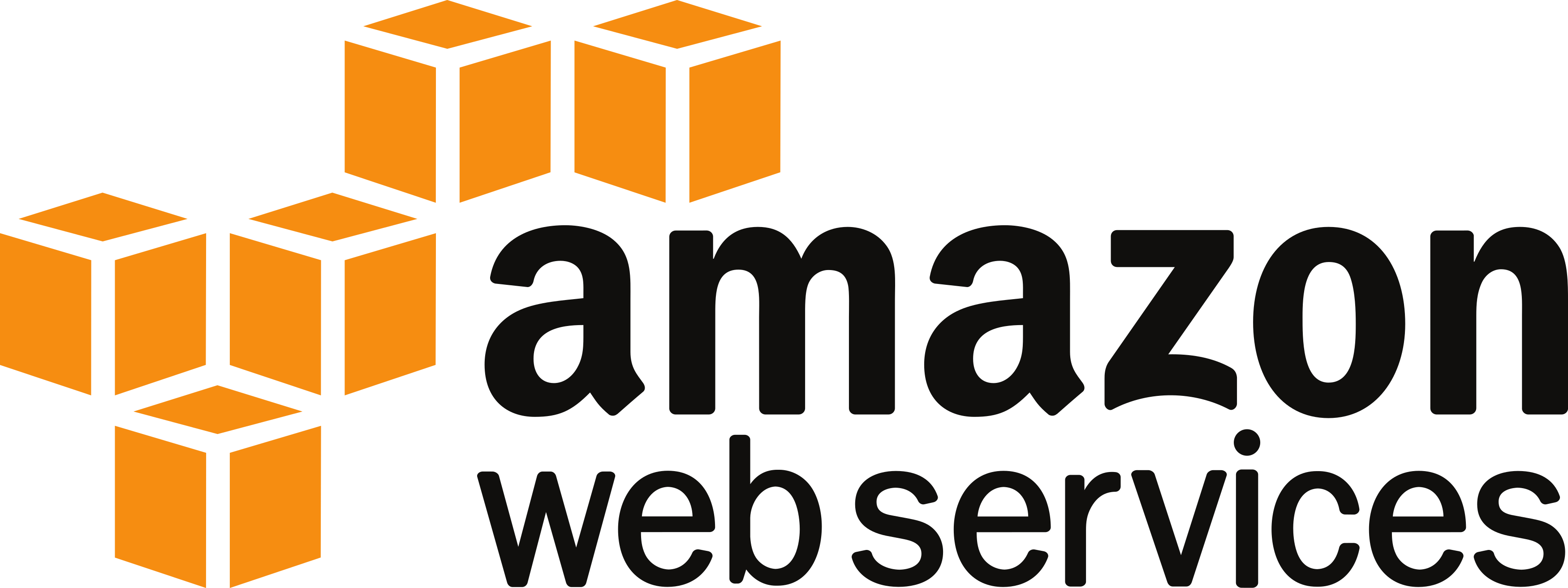
What are Checked vs Unchecked Exceptions in Java?
In Java, exceptions are part of the Throwable hierarchy and are used to signal abnormal situations during the execution of a program. Understanding how exceptions are structured helps in designing more robust and readable code. At the top of the hierarchy is the Throwable class, which has two direct subclasses: Checked Exceptions Checked exceptions are…
Read More
How to paginate using Spring Data JPA?
Spring Data JPA enables pagination through the JpaRepository interface, which extends PagingAndSortingRepository — an interface that provides pagination support. Let’s go over more details with a practical example. If you need to understand how Spring Data JPA works, there are more articles on the blog explaining that: Hands on You’ll need some of the following…
Read More
How to start Kafka using Docker?
It’s possible to use Kafka on various operating systems, but here we’ll use Docker on Ubuntu Linux. We need Docker Desktop installed in order to proceed. You can follow this tutorial to install it:👉 tutorial . Go to Docker Hub and in the search bar, look for “apache kafka”. This will allow us to download…
Read More
What’s the difference between Concurrency and Parallelism?
Concurrency and Parallelism are important concepts for bringing more efficiency to software, but they do not mean the same thing. A software application can handle multiple tasks, and the way these tasks are processed differs in each concept. Concurrency Imagine the scenario where we have a software that needs to process multiple tasks, such as…
Read More
What is AWS Global Infrastructure?
AWS is able to offer services that are fast, resilient, and accessible from anywhere in the world. This is possible thanks to its global infrastructure — one of Amazon Web Services’ greatest advantages. The following image helps illustrate how it works. Regions These are independent geographic regions that contain multiple Availability Zones (AZs). This way,…
Read More
How to create a custom repository in Spring Data JPA?
Spring Data JPA is great for abstracting away boilerplate code when accessing the database. It allows us to create query methods by simply defining method signatures. But sometimes, we need more complex or dynamic queries — and that’s where custom repositories come into play. In this post, I’ll show how to create a custom repository…
Read More
What is Spring Data JPA?
Spring Data JPA is a module of Spring Data that simplifies the implementation of repositories. It provides an automatic way to create repository implementations based on Java interfaces, eliminating the need to manually write the repository implementation. To make this work, you need to create an interface using the @Repository annotation and extend JpaRepository. The…
Read More
How to avoid NullPointerException in Java using Optional?
Optional was introduced in Java 8 as a way to handle potentially null values more safely and expressively. It helps to avoid NullPointerException and makes the code more readable. Hands on Creating an Optional Optional can be created in several ways: Printing the results will show the following output. Checking for Value Presence Optional provides…
Read More
How to create an Interceptor in Angular and Why?
In Angular, an Interceptor is an feature that allows intercepting HTTP requests . This enables you to add logic such as: Hands on We can create an Interceptor with the following command. Now, let’s create an Interceptor to add JWT tokens. This is a real example of an Interceptor. We have a service that retrieves…
Read More
What is algorithm complexity?
Algorithm complexity is a fundamental concept in computer science, used to measure the efficiency of an algorithm in terms of execution time and memory usage. By analyzing complexity, we can predict how an algorithm behaves as the input size increases, allowing us to choose more appropriate solutions for different problems. How do we measure it?…
Read More